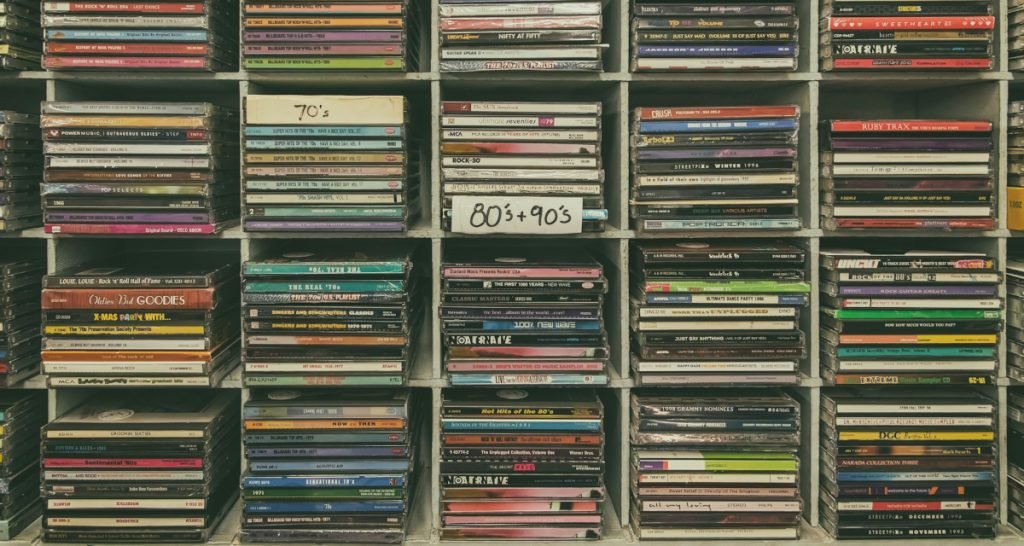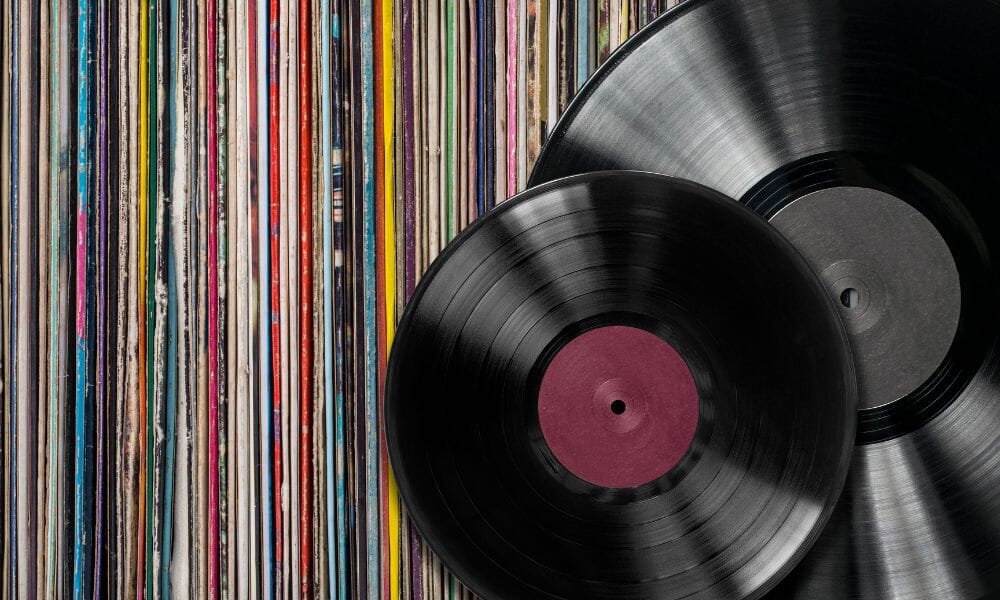The music industry has undergone a seismic shift over the past two decades. Once dominated by physical formats like vinyl and CDs, the terrain is now ruled by digital downloads and streaming services. With platforms like Spotify, Apple Music, and YouTube dictating listening habits, many question whether physical sales still hold any significance for music charts.
Yet, despite the digital revolution, vinyl and CD sales have seen a resurgence in recent years. Fans and collectors continue to value tangible music formats, and artists increasingly cater to these audiences with exclusive releases. But do these sales still impact chart rankings, or have they become more of a niche market? Let’s explore the continued relevance of physical sales in today’s music industry.
1. Vinyl and CD Sales Contribute to Chart Rankings
One of the biggest misconceptions is that physical sales no longer influence the charts. In reality, both the Billboard 200 and the UK Official Charts still factor in vinyl and CD purchases. While streaming now dominates, chart methodologies ensure that physical formats contribute to rankings.
For instance, Billboard’s album charts use a metric called album-equivalent units (AEUs), where sales of vinyl and CDs are counted alongside streaming numbers. A single album sale carries more weight than a few thousand streams, making physical purchases a significant factor—especially for artists with dedicated fan bases. In the UK, the Official Charts Company (OCC) follows a similar approach, ensuring that physical album sales play a role in weekly rankings.
2. Collector Culture and Exclusive Releases Drive Demand
Vinyl and CD sales are thriving, partly due to the growing collector culture among music enthusiasts. Limited edition vinyl, signed CDs, and exclusive box sets create strong demand, especially among die-hard fans. Artists and record labels leverage this by releasing special editions, colored vinyl, and autographed copies, which can lead to spikes in sales.
For example, artists like Taylor Swift, Harry Styles, and BTS have embraced physical releases as a marketing strategy. By offering multiple vinyl variants and exclusive CDs, they encourage fans to purchase multiple copies. This tactic not only increases revenue but also boosts first-week sales, influencing chart positions. The resurgence of Record Store Day, an event dedicated to exclusive vinyl releases, further fuels the trend.

3. Streaming Still Reigns, But Sales Impact Longevity
While streaming is the dominant force in music consumption, physical sales contribute to an album’s longevity on the charts. Streams can provide an immediate boost upon release but sustained sales from vinyl and CDs help albums remain chart-relevant over time.
For instance, vinyl sales tend to be more consistent than streaming numbers, which often experience sharp drops after an album’s initial hype fades. An album that continues selling physical copies weeks or even months after release can maintain a presence on the charts longer than a purely streaming-driven release. This is particularly true for classic albums and legacy artists, whose dedicated fanbases prefer owning music in tangible formats.

4. The Future of Physical Sales in the Music Industry
Despite their continued relevance, physical sales are unlikely to regain their former dominance. Streaming offers convenience, affordability, and instant access to vast music libraries, making it the preferred choice for most listeners. However, vinyl and CDs will likely remain valuable niche markets, driven by collectors, audiophiles, and fans who appreciate high-quality sound and tangible ownership.
Record labels and artists will continue to adapt, using physical sales as a strategic tool rather than a primary revenue source. With advancements like hi-fi streaming and interactive album experiences, the industry will keep evolving while still leaving space for physical formats. The role of vinyl and CDs in music charts may gradually decline, but they are far from obsolete.


